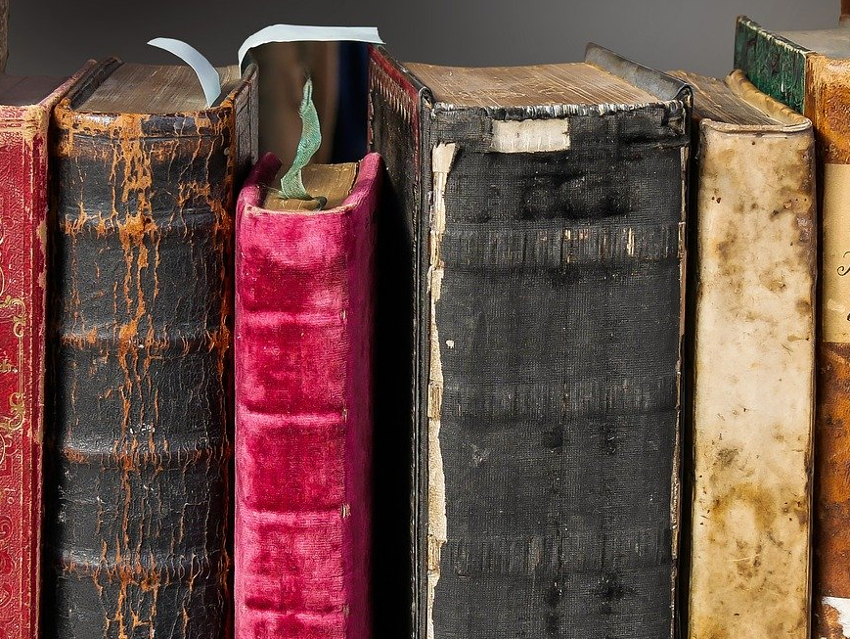Paper is made of pulp fibers mainly composed of cellulose. Other plant components and additives are used to improve its properties. Cellulose itself is resistant to aging, but the other paper components are vulnerable to degradation by heat, humidity, and UV light. Before 1845, paper was made mainly from cotton and linen rags, relatively pure forms of cellulose, and, therefore, it was quite stable. Starting around 1845, paper was made from wood-pulp fibers. This variant is less durable than that made from cotton, but wood is cheaper and more readily available. Since 1980, acid-free paper is used, which degrades much more slowly than acidic wood-pulp paper.
For the effective preventative conservation of paper and books, it is useful to know, e.g., the composition of the paper, its pH, and which volatile organic compounds (VOCs) the paper emits. However, the range of appropriate analytical methods for cultural heritage materials that do not destroy them is limited. Solvent-free analytical techniques with nondestructive sampling are, thus, needed.
Marta I. S. Veríssimo, M. Teresa S. R. Gomes, University of Aveiro, Portugal, and colleagues have developed an electronic nose that was used to analyze VOCs emitted from 19 books published between 1567 and 2016. The device is based on six differently coated piezoelectric quartz crystals. The analyzed books were kept in a controlled room with a temperature of 23 °C and a relative humidity of 35 % for at least 24 hours. Then a book was placed in an acrylic box previously purged with nitrogen. To extract the VOCs, a carboxen (CAR)/poly(dimethylsiloxane) (PDMS) solid-phase microextraction (SPME) fiber was placed between the pages of the book for exactly 30 minutes.
After the extraction process, the VOCs were released from the SPME fiber by heating. A nitrogen flow was used to transport the VOCs through the sensor system and separately to all six piezoelectric crystals, each with a different chemical coating. Each sensor signal is generated by adsorption of compounds on the sensor coating, which produces a frequency change that is proportional to the adsorbed mass. Different VOCs give different response patterns.
The electronic nose was able to tell apart aged yellow paper, a visible initial sign of paper degradation, from well-preserved white papers, even when made from the same raw material. It also distinguished between cotton or linen rags and wood pulp paper, and among the latter, it could tell the difference between papers manufactured from alkaline and acidic stocks. One of the used sensors was able to detect furfural, often seen as a marker of cellulose degradation, at lower levels than the current detection limit with gas chromatography-mass spectrometry (GC-MS)—a much more complex and expensive method.
According to the researchers, this method is a nondestructive and inexpensive alternative for obtaining information related to book composition and degradation. It could help to identify books in need of preservation, as well as protect books from VOCs emitted by their neighbors on a shelf.
- Preserve Your Books through the Smell,
Marta I. S. Veríssimo, João A. B. P. Oliveira, Dmitry V. Evtuguin, M. Teresa S. R. Gomes,
ACS Sens. 2019.
https://doi.org/10.1021/acssensors.9b01279


